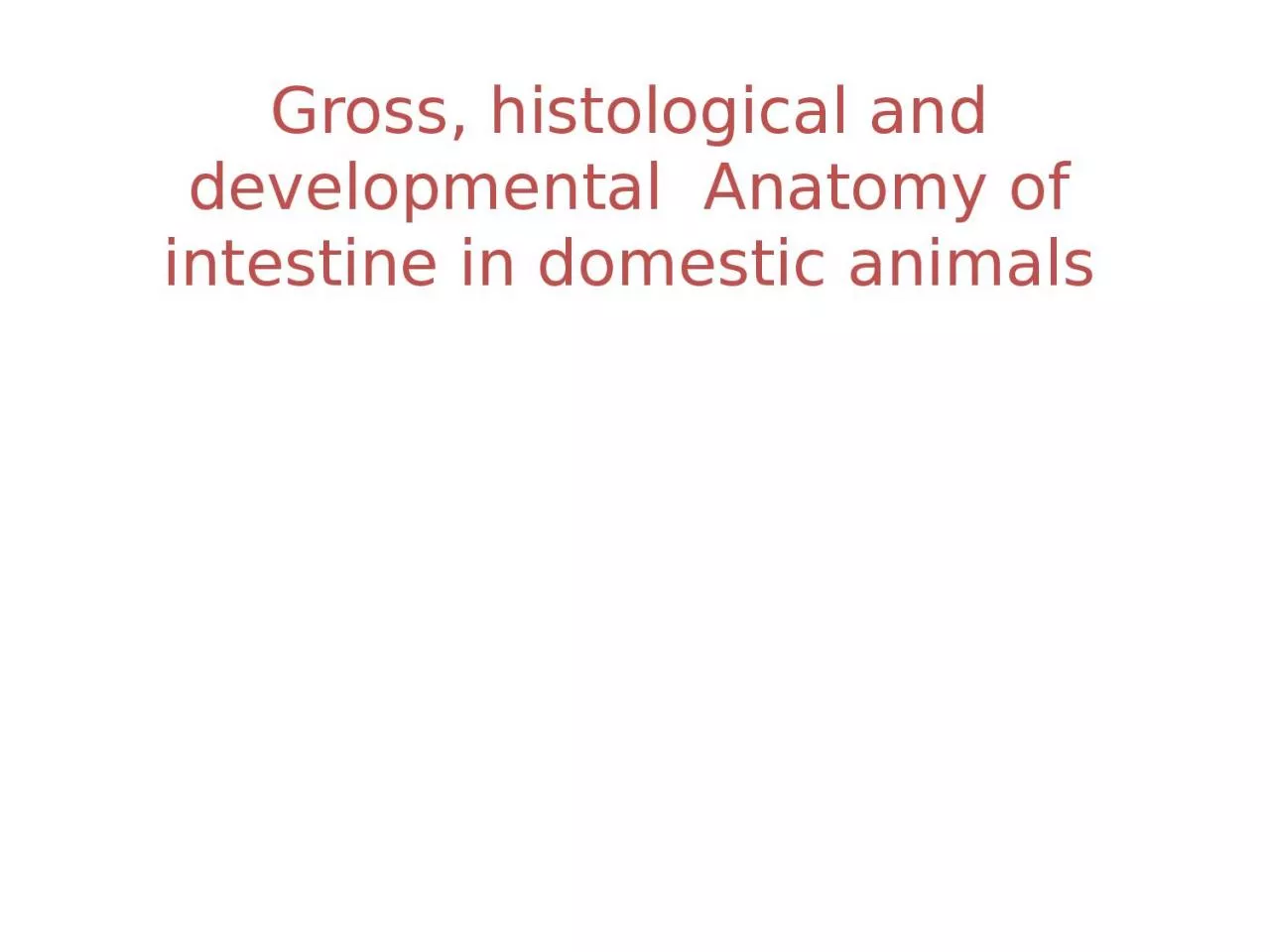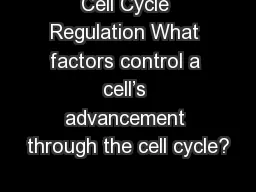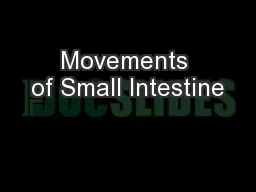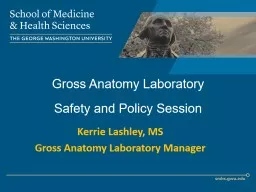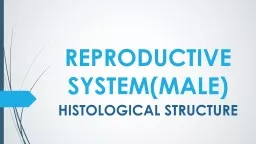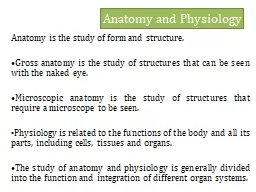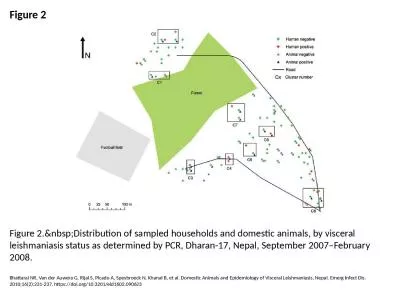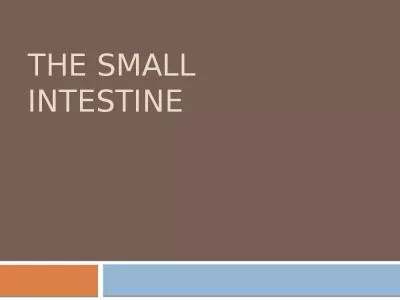PPT-Gross, histological and developmental Anatomy of intestine in domestic animals
Author : lucy | Published Date : 2024-02-16
TOPICS TO BE DISCUSSED Gross Anatomy Histology Embryology Gastrointestinal tract Rima oris to anus 1Oral cavity tongueteethsalivary glandshard palat and soft
Presentation Embed Code
Download Presentation
Download Presentation The PPT/PDF document "Gross, histological and developmental A..." is the property of its rightful owner. Permission is granted to download and print the materials on this website for personal, non-commercial use only, and to display it on your personal computer provided you do not modify the materials and that you retain all copyright notices contained in the materials. By downloading content from our website, you accept the terms of this agreement.
Gross, histological and developmental Anatomy of intestine in domestic animals: Transcript
Download Rules Of Document
"Gross, histological and developmental Anatomy of intestine in domestic animals"The content belongs to its owner. You may download and print it for personal use, without modification, and keep all copyright notices. By downloading, you agree to these terms.
Related Documents

